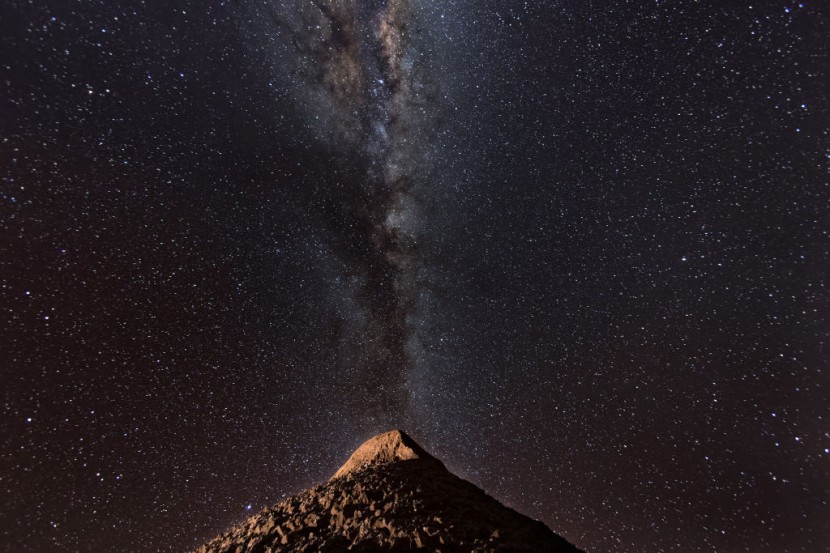
A space observatory's telescope captured a stunning image of the remains of a giant star's death that shows its "ghost" in the form of cosmic dust and gas that are strewn across the universe.
The European Southern Observatory on Monday revealed a photograph of what it calls the ghostly remains of a massive star. The post is a 554 million-pixel image that shows a cosmic marvel that is called the Vela supernova remnant, featuring its translucent lavenders, piercing pale blues, and stringy sunset colors.
Giant Star's Ghostly Remains
The photograph is composed of several observations produced by a wide-field camera known as the OmegaCAM which is fitted with a 268-million-pixel capacity. Several filters on the device allowed it to reveal the image's beautiful hues, four of which were used on Vela specifically to create a color scheme of magenta, blue, green, and red.
While the image that the space observatory released was colored, out in space, the actual area would not look so rainbow-like. Colorizing the photograph makes it easier for astronomical experts to analyze images taken from space, as per CNET.
But one thing that was not enhanced by technology was the way that Vela, which was named for a southern constellation that translates to "The Sails," structurally looks. The nearly 3D bubbles of dust and gas are very much real. Each diaphanous streak is expected to be accurate to what is in the real world.
Vela was created after a massive star died out roughly 11,000 years ago, unleashing a powerful explosion that caused its outermost layers to shock wave into surrounding gas in the region. Over time, that disturbed gas compressed and created the now-seen threaded structures in the image.
According to France24, prior to the explosion, the star was estimated to have had a mass that was at least eight times greater than our sun. It was located in an area of our Milky Way galaxy that is about 800 light-years away from our planet in the direction of the constellation Vela.
Stunning Image of a Star's Remnants
The image shows clouds of gas that seemingly look like pink and orange tendrils that cover an area roughly 600 times larger than our own solar system. An astronomer affiliated with the European Southern Observatory, Bruno Leibundgut, said that the filamentary structure of the gas was ejected from the supernova explosion, creating the nebula.
Astronomers could see the inside material of a star as it expands into open space and shows that in denser parts, some of the supernova material formed some of the filamentary structure. Leibundgut added that most of the material that shines is due to hydrogen atoms that are in an excited state.
The material was built up over many millions of years and has now become exposed and is expected to cool down over millions of years until it eventually forms new stars. These types of supernovae produce many elements, such as calcium and iron, which humans carry in our bodies.
Inside the ghostly remains is a dense neutron star, otherwise known as a pulsar, which rapidly spins and releases beams of light. However, it is not seen in the image because it is located just outside of the region that the photograph shows, CNN reported.
Related Article : Meteors of Halloween: Watch Out for This Meteor Shower That You Won't See Again Until 2032
© 2025 HNGN, All rights reserved. Do not reproduce without permission.








